This story is part of Focal Point iPhone 2022, CNET’s collection of news, tips and advice around Apple’s most popular product.
The iPhone 14 Pro’s camera upgrades should appeal to photographers, filmmakers and creative types on TikTok and YouTube. Apple made significant improvements to the iPhone’s camera hardware, like adding a larger, 48-megapixel sensor. The 14 Pro also uses Apple’s revamped image processing system, which is supposed to improve image quality in darker environments. Factor in the new A16 Bionic chip, and you get features like a new video stabilization mode, the ability to film Cinematic mode videos in 4K, higher resolution ProRaw photos, and pictures and videos with better image quality when captured in medium- and low-light situations.
Read more: iPhone 14 Pro and 14 Pro Max Review: Welcome to Apple’s Dynamic Island
I used the iPhone 14 Pro as my main shooter for a week to document two of my favorite places in San Francisco: the Mission District and the Embarcadero. I encountered fog, beer, a collegiate marching band and various tacos, and I used the iPhone 14 Pro to chronicle them all. I ended up with hundreds of photos and dozens of video clips on the 1TB iPhone 14 Pro review sample that Apple had lent me.
Get up to $720 off the iPhone 14 Pro with a trade-in
$279 at Apple
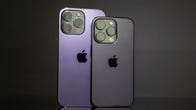
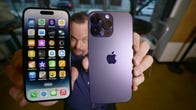

Now playing:
Watch this:
iPhone 14 Pro and 14 Pro Max Review: Tons of Upgrades,…
14:11
The iPhone 14 Pro and its 48-megapixel camera
The iPhone 14 Pro has three rear cameras: a main wide-angle camera, an ultrawide, and a telephoto camera with 3x optical zoom. The lens on the main camera has a wider focal length, going from a 26mm equivalent on previous iPhone models to a 24mm one. It isn’t drastically different, but it helps get more of the scene into the frame.
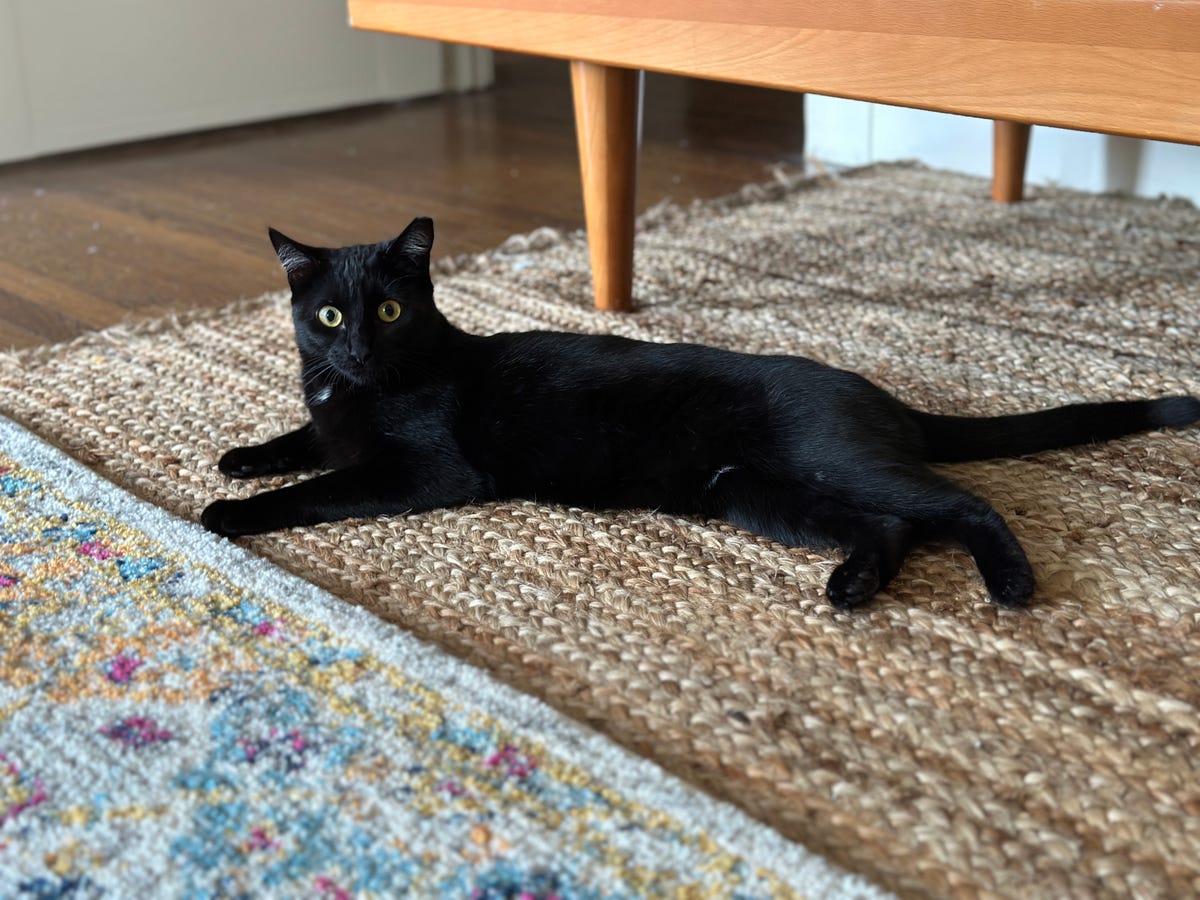

Just a cat under mixed lighting, as captured by the iPhone 14 Pro.
Patrick Holland/CNET
The main camera also gets a new, larger, 48-megapixel sensor. Though more megapixels doesn’t necessarily mean better photos, Apple divides the pixels into groups of four and combines the four in each group into one larger pixel. This technique is called pixel binning, and it’s been used on Android phones for years. The results are brighter photos that have less image noise (and as a bonus, less noise-reduction blur). Apple’s new imagining pipeline, called the Photonic Engine, takes things further and helps improve color accuracy and protect details. Take a look below at a photo I shot of a streetcar just after sunset. Pay special attention to the texture of the pavement and the details in the leaves and building behind the streetcar. This isn’t the best photo I took with the iPhone 14 Pro, but it shows how the camera handles an everyday situation when things aren’t bright and sunny. The photo’s contrast is a bit much, and I’d likely reduce it when I edited the picture, or set up a Photographic Style with less contrast.
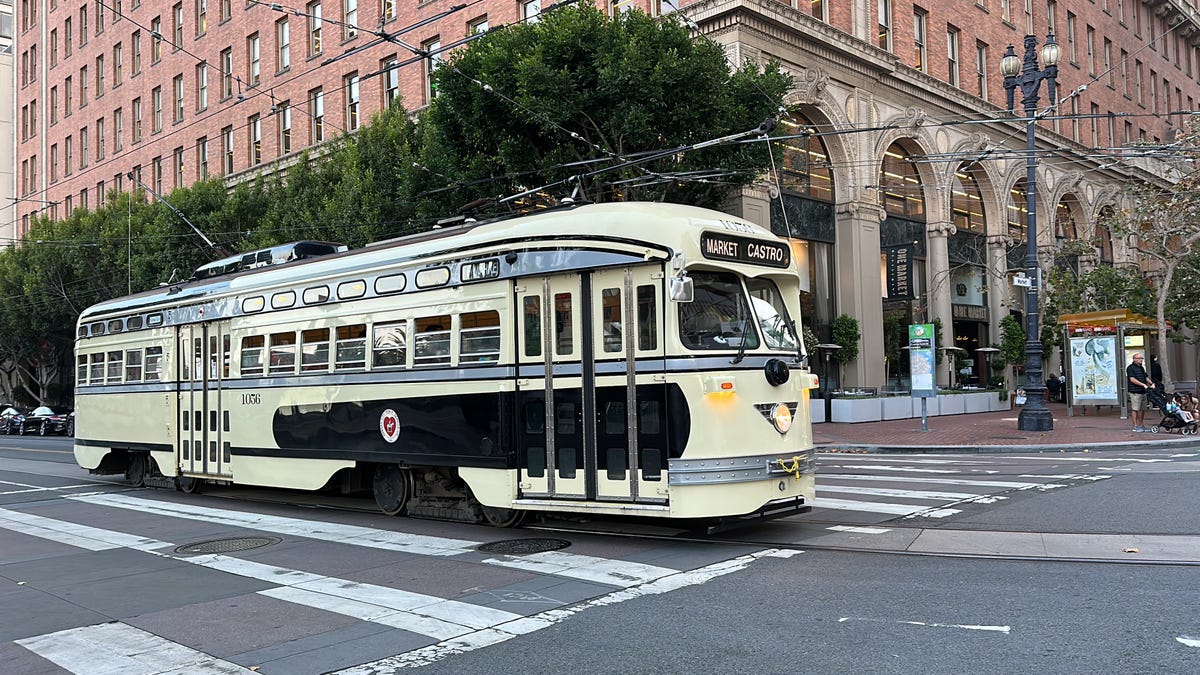

I took this photo just after dusk. Notice how the 14 Pro was able to get a bright exposure without a lot of light.
Patrick Holland/CNET
The main camera takes excellent photos. The image quality and details look great for a phone photo. I noticed that the most improvement came in medium- and low-light situations. Colors and textures look good. Check out the photo below, which I took on a foggy morning. Notice the textures in the buildings’ bricks and the way the 14 Pro captured the fog gradually engulfing the top of Salesforce Tower.
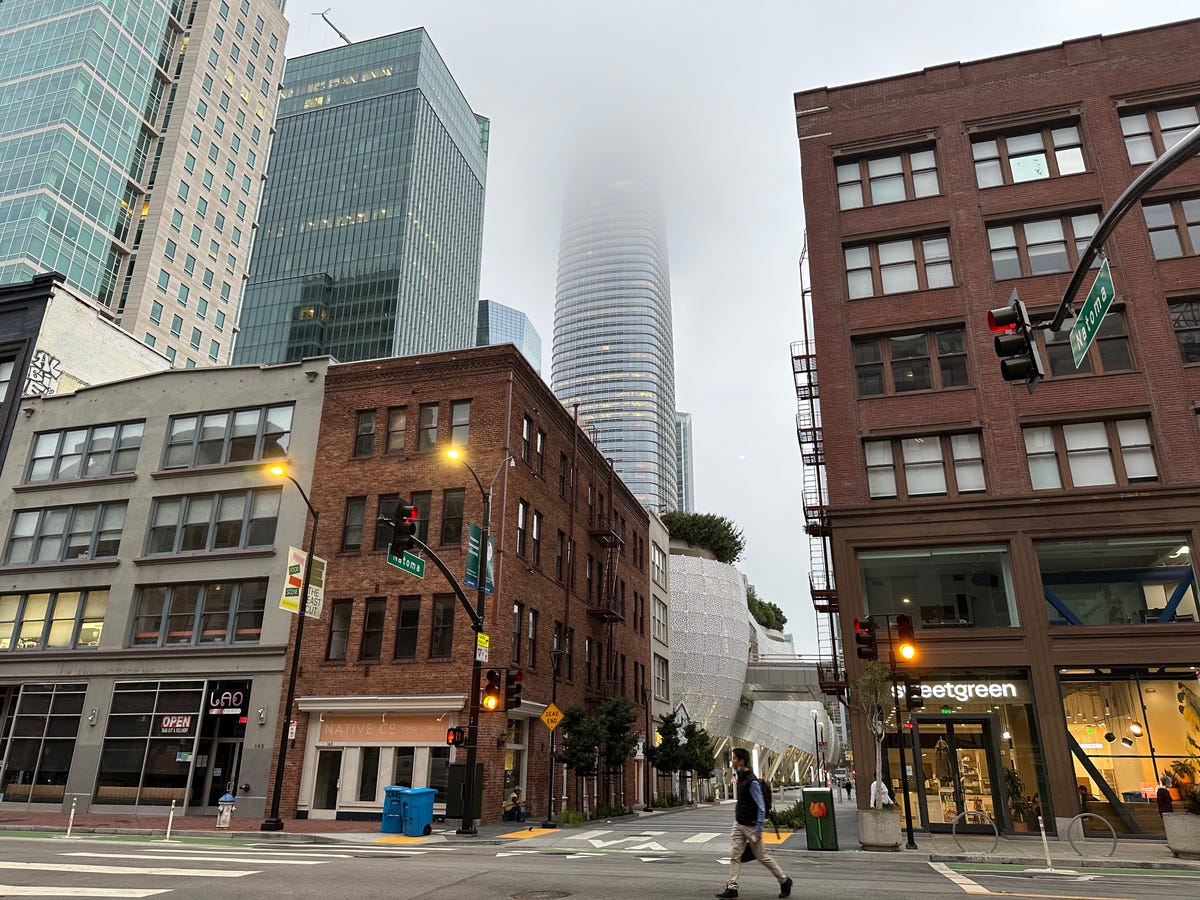

When I took this photo, there was a lot of fog. Notice the details the 14 Pro was still able to capture.
Patrick Holland/CNET
For the past year, I’ve mainly used an iPhone 13 Pro as my daily driver. During the week I had the 14 Pro, I saw an improvement in the photos I took. Image detail was better, due in part to the new Photonic Engine processing pipeline. Check out the photo below of a cookie and cappuccino from Four Barrel Coffee, a hip java spot in the Mission.
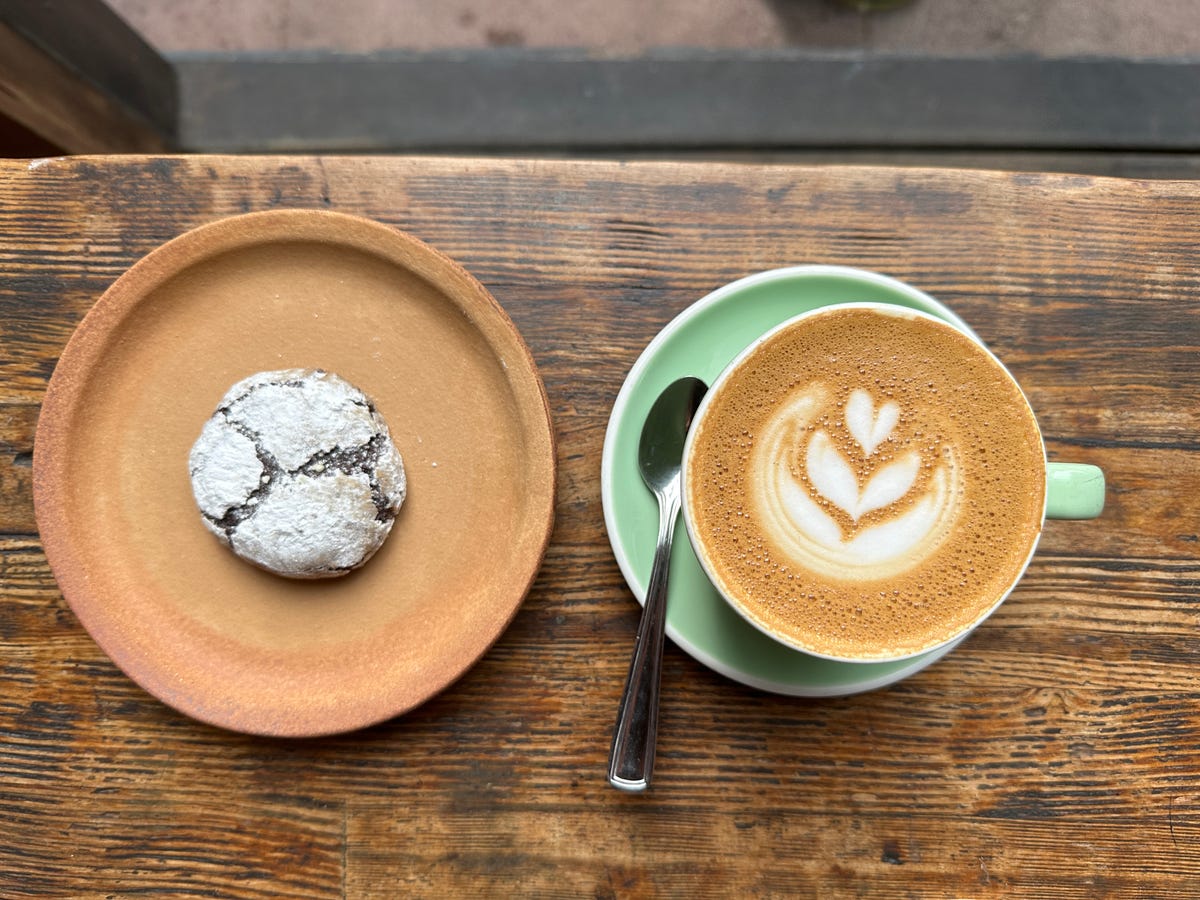

Vegan fudge cookie, oat milk cappuccino.
Patrick Holland/CNET
The photo below was shot under a palm tree’s dark canopy. The 14 Pro boosted the brightness and did a solid job of capturing the different textures in the stem and fronds.
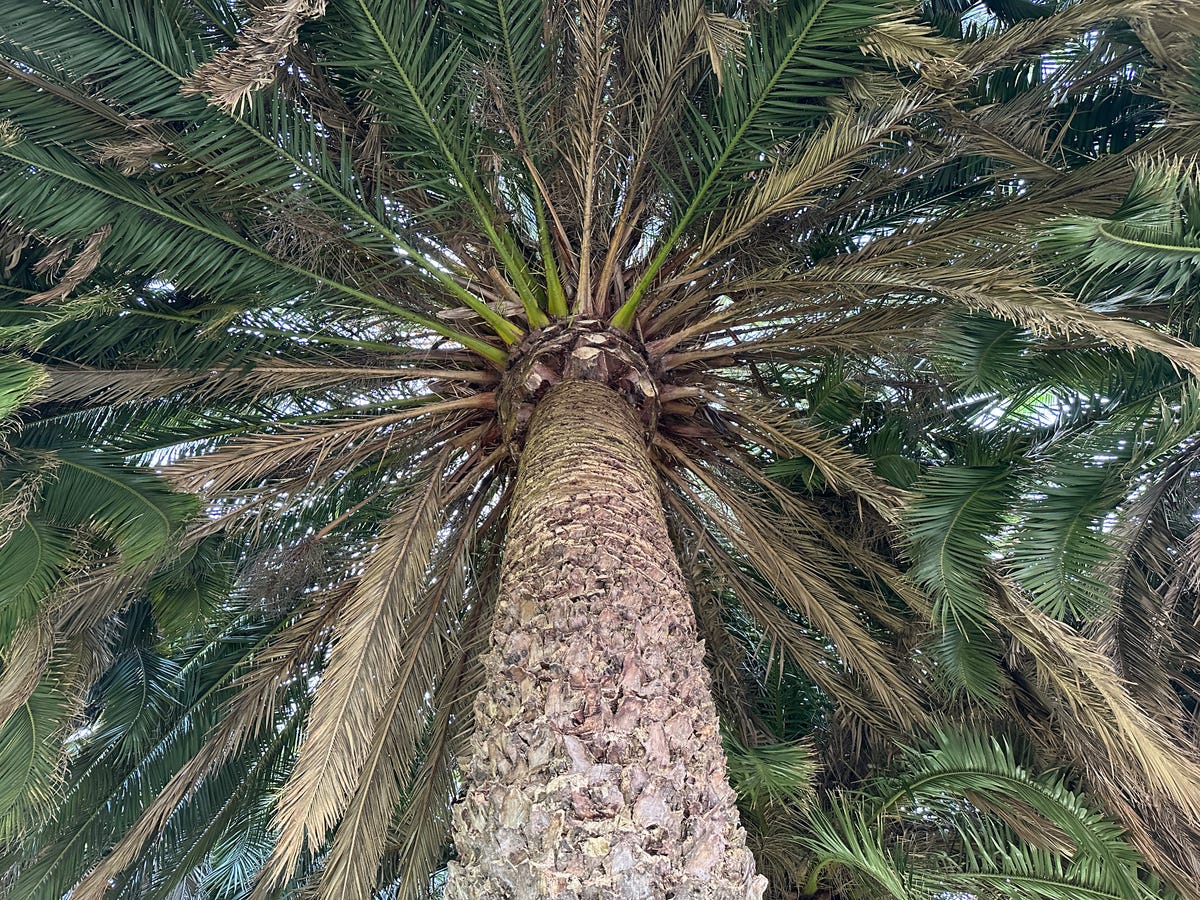

Notice the textures.
Patrick Holland/CNET
If you’re so inclined, you can capture 48-megapixel photos using the phone’s ProRaw setting. I should warn you that these files are big. The file for the photo below of the Bay Bridge at sunset is 48 megabytes. After editing, the photo is saved as a much smaller JPEG. Look closely at the sky’s color gradient, and the details of the cars and the bridge’s support cables.
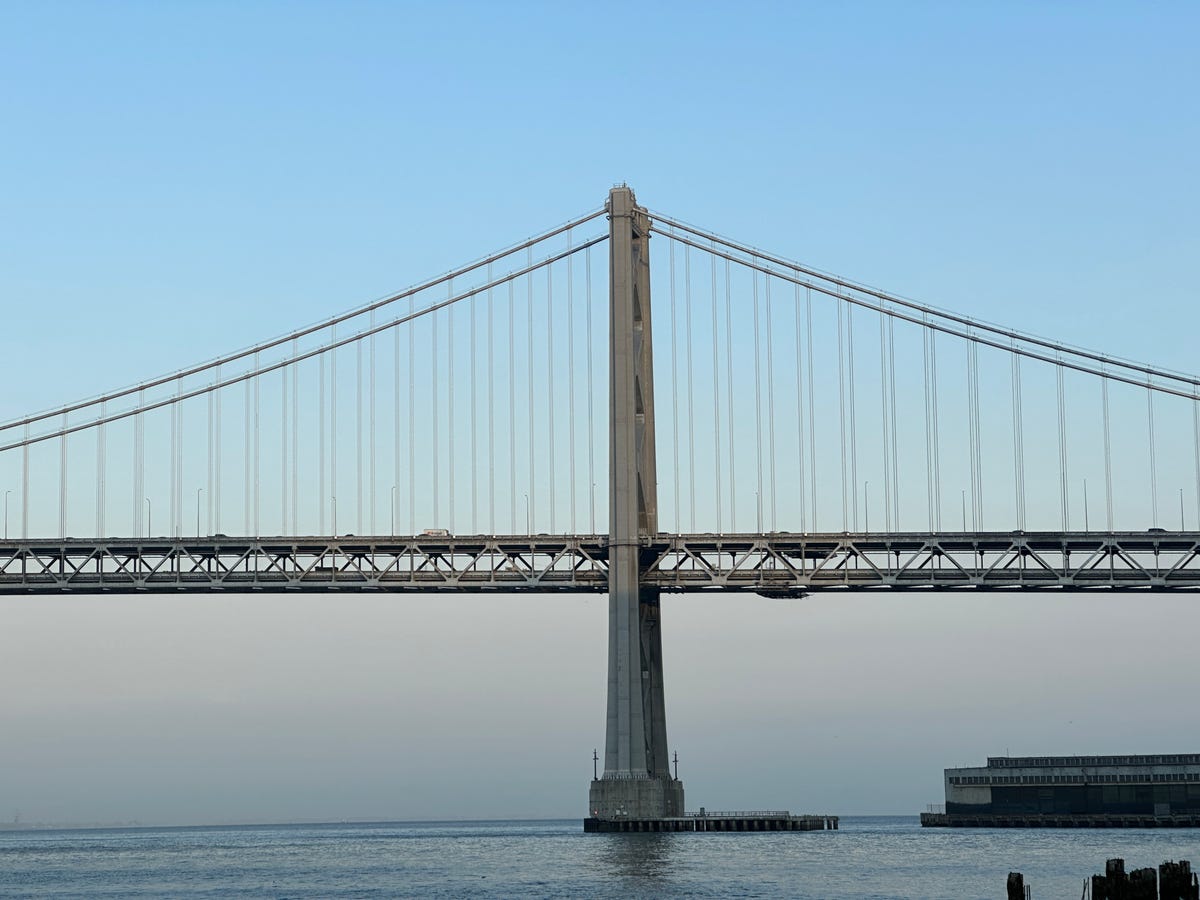

This photo was taken with the full 48-megapixel resolution of the main camera’s sensor and saved as an Apple ProRaw file.
Patrick Holland/CNET
Night mode on the iPhone 14 Pro
When the iPhone 11 series launched in 2019, it included Night mode, which takes a series of images over a few seconds and combines them to create a photo that’s brighter and has better colors and less image noise. Three years later, on the 14 Pro, Night mode has blossomed even more. Capture-times are much faster. Most of the time, Night mode needed just a couple of seconds to get a good photo in a bar or other dark locale.
Take a look at the photo below that I took indoors at Zeitgeist in the Mission. Essentially, all the lights are pointed at the walls, leaving the middle of the bar a dark void that’s a perfect place for punk Gen Xers and millennials to sip their IPAs in quiet angst. Night mode took two seconds to capture this photo. It did a great job balancing the bright lights on the red sign-filled wall with the dark middle of the bar. Though most of the people are in shadow, the 14 Pro did a solid job of capturing skin tones.
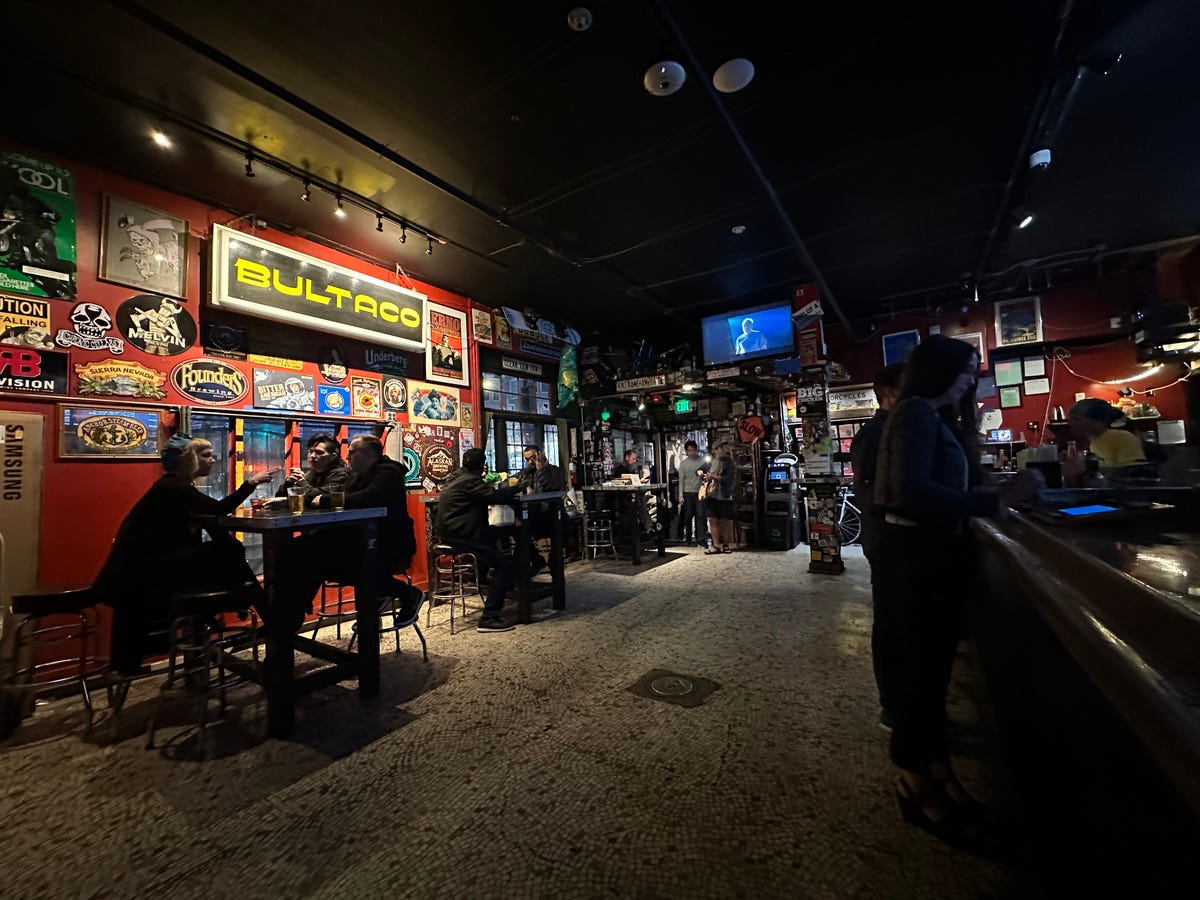

This bar was pretty dark, but look closely at the detail in the signs and in people’s skin tones.
Patrick Holland/CNET
The photo below is of Taqueria El Buen Sabor, a terrific place for some post-drinks burritos. It was very dark and I used Night mode to take the photo. This isn’t my best Night mode snap with the new phone, but it shows what’s capable under a less than ideal situation. Had I put the phone on a tripod for a longer Night mode exposure time, or if the lights weren’t as bright (compared with the dark cloudy sky), I think it would’ve been a better photo. But it’s still decent. There’s some image noise in the cloudy sky, and the details in the building are a little soft.
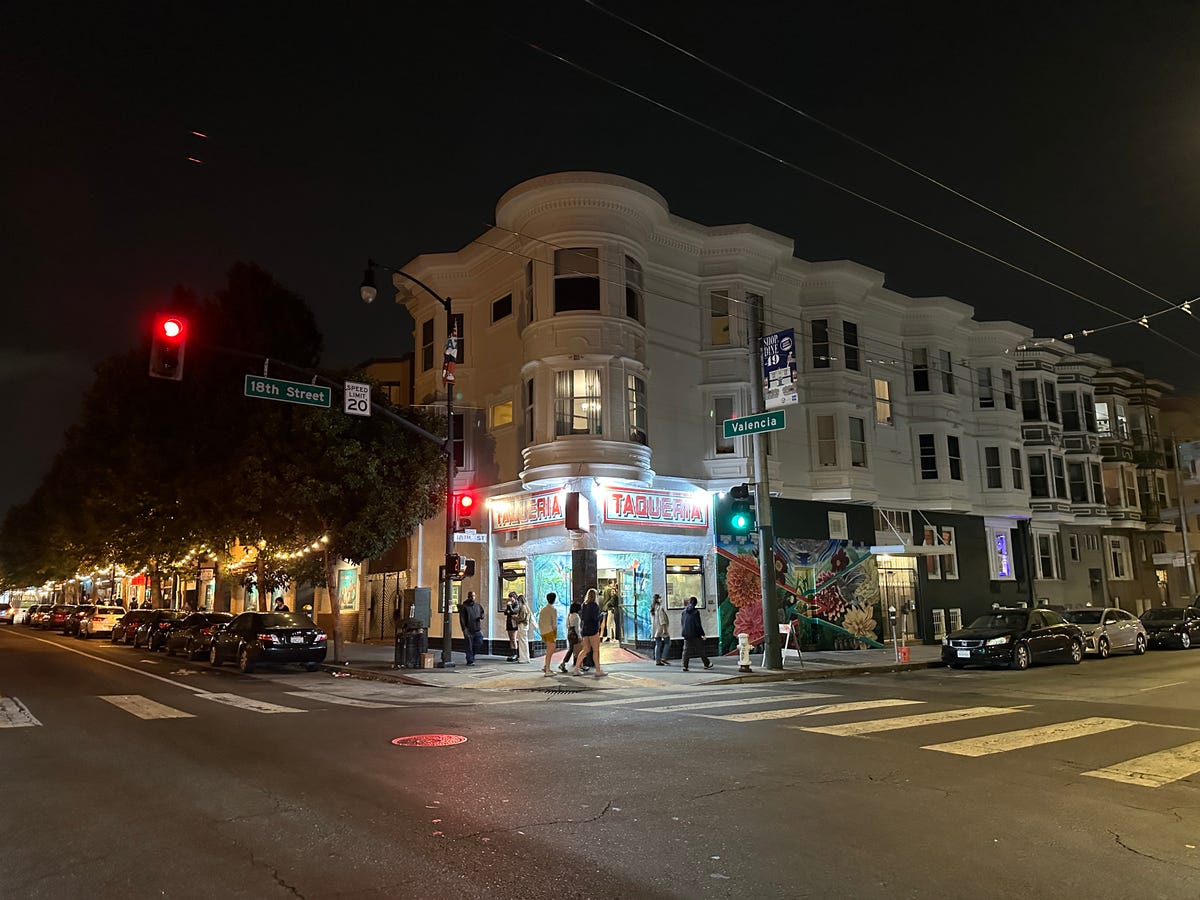

This was taken around 11 p.m., using Night mode.
Patrick Holland/CNET
I visited another Mission taco spot, Tacolicious, with some friends. (I warned you there were lots of tacos in this review.) The snap below was taken with Night mode. It wasn’t as dark as when I took the other two Night mode photos, but it definitely wasn’t overly bright either. Pay close attention to the texture of the tortillas and the detail of the cilantro. I was hand-holding the 14 Pro, and I’m proud of the results.


Night mode tacos, anyone? (Sorry if you’re one of those folks who can’t handle cilantro.)
Patrick Holland/CNET
The iPhone 14 Pro’s ultrawide camera gets a new lens
The ultrawide camera gets a new sensor, with more focus pixels and a stepped-down f/2.2 aperture lens. All this adds up to much sharper ultrawide photos. The sensor, combined with the Photonic Engine, helps improve image quality in less than ideal situations. Ultrawide photos and videos are still a step down compared with those from the main camera, but these improvements are welcome.
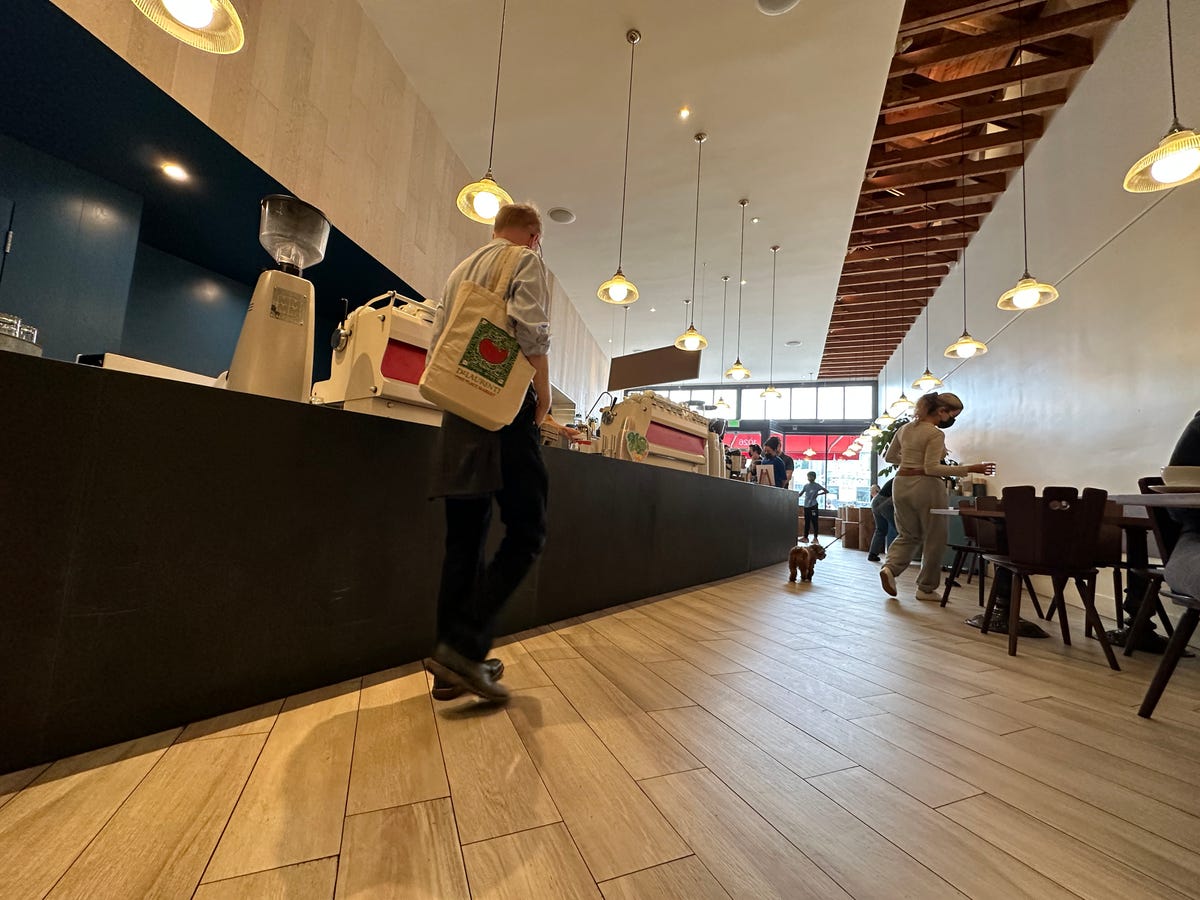

I like the dramatic look the ultrawide camera gave to this scene of a man walking toward a coffee counter.
Patrick Holland/CNET
Below is a great example of the limits of the 14 Pro’s ultrawide camera. In particular, notice how the highlights in the sky are blown completely out to white.
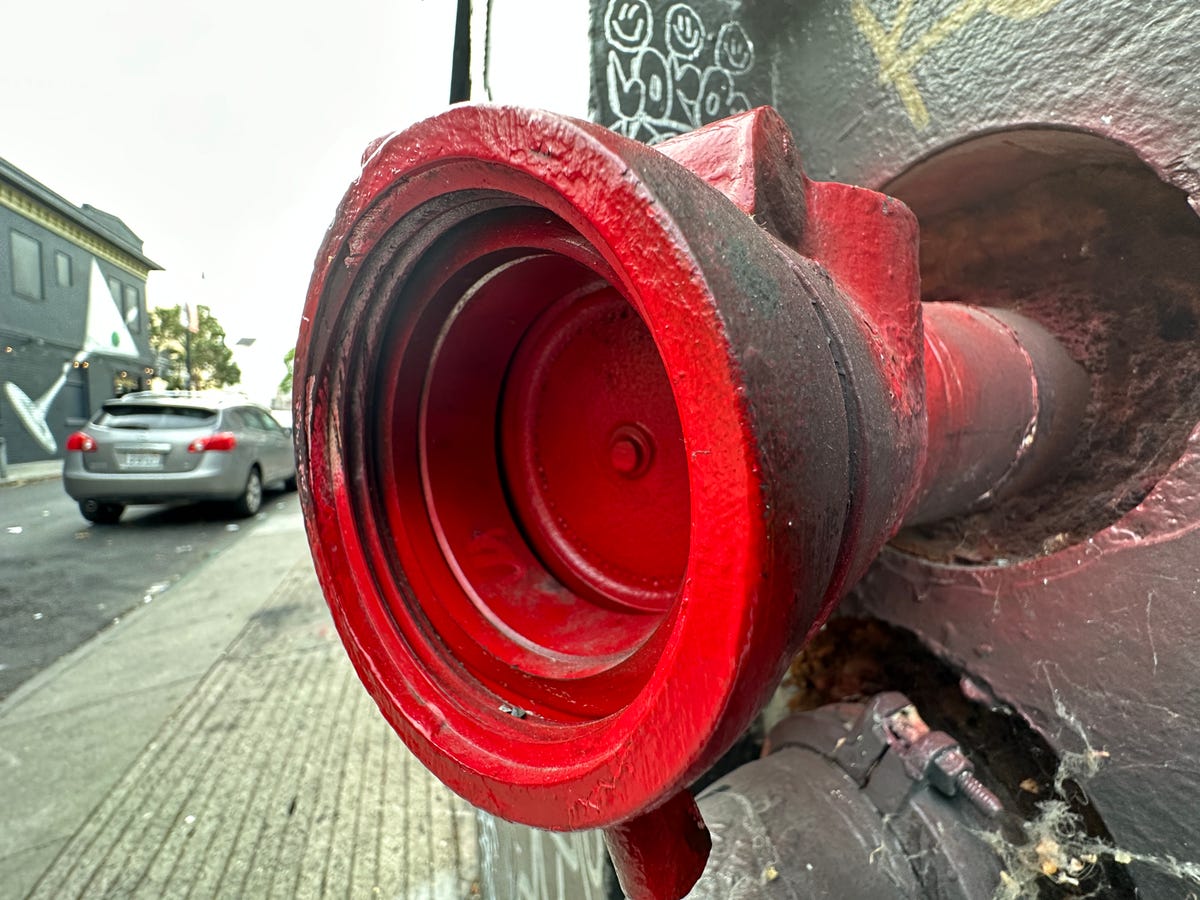

I used the 14 Pro’s ultrawide camera to take this shot of a red pipe on the side of a building.
Patrick Holland/CNET
Macro photos also get a boost from the ultrawide camera upgrades. When you try to take a photo with the main camera and are standing very close to a subject, the iPhone 14 Pro switches to the ultrawide camera and crops the framing to mimic the main camera. This allows for a closer focus, which is great for close-up shots of small things.
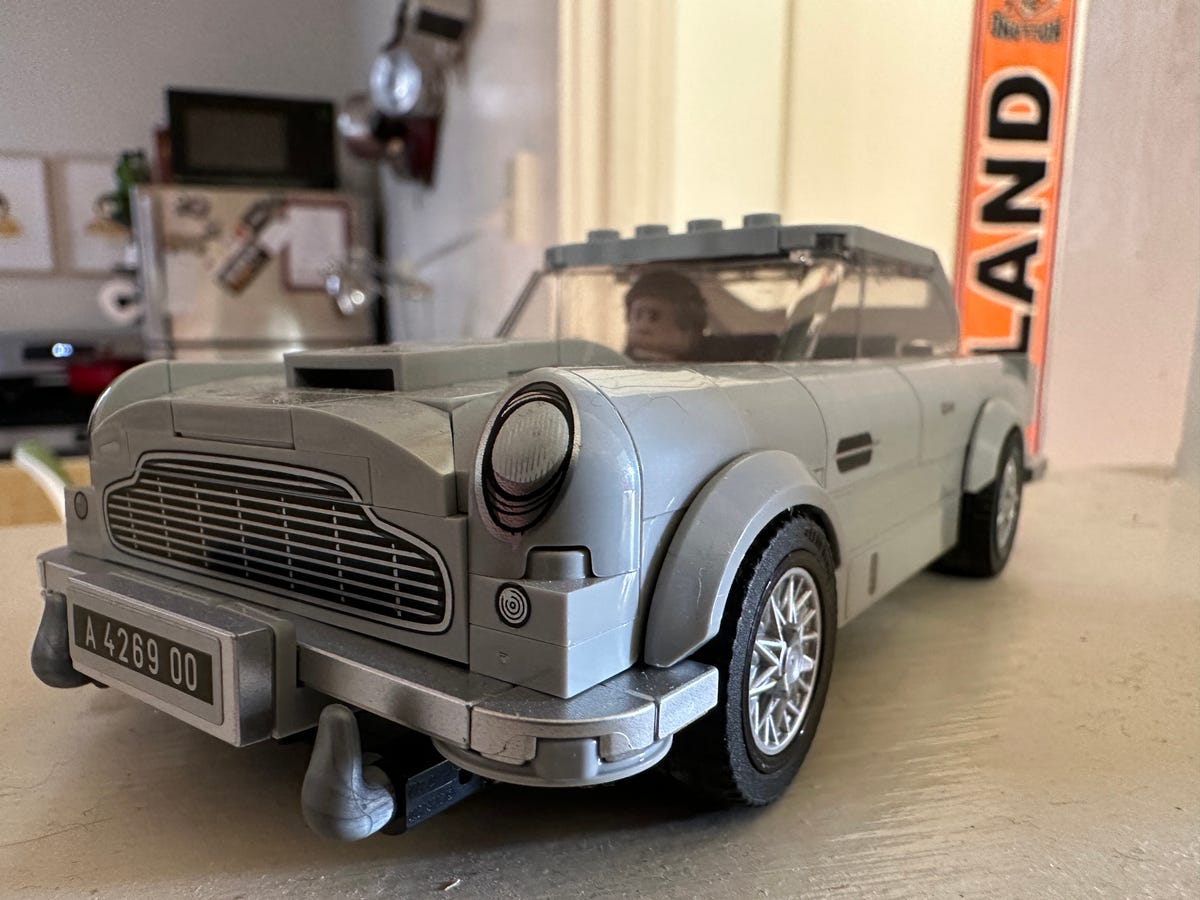

Macro mode lets you get within inches of your subject and have it be in focus, like this Lego car.
Patrick Holland/CNET
Last year’s 13 Pro had a similar feature, but with the new ultrawide, macro photos have better image quality, especially in medium and low light.
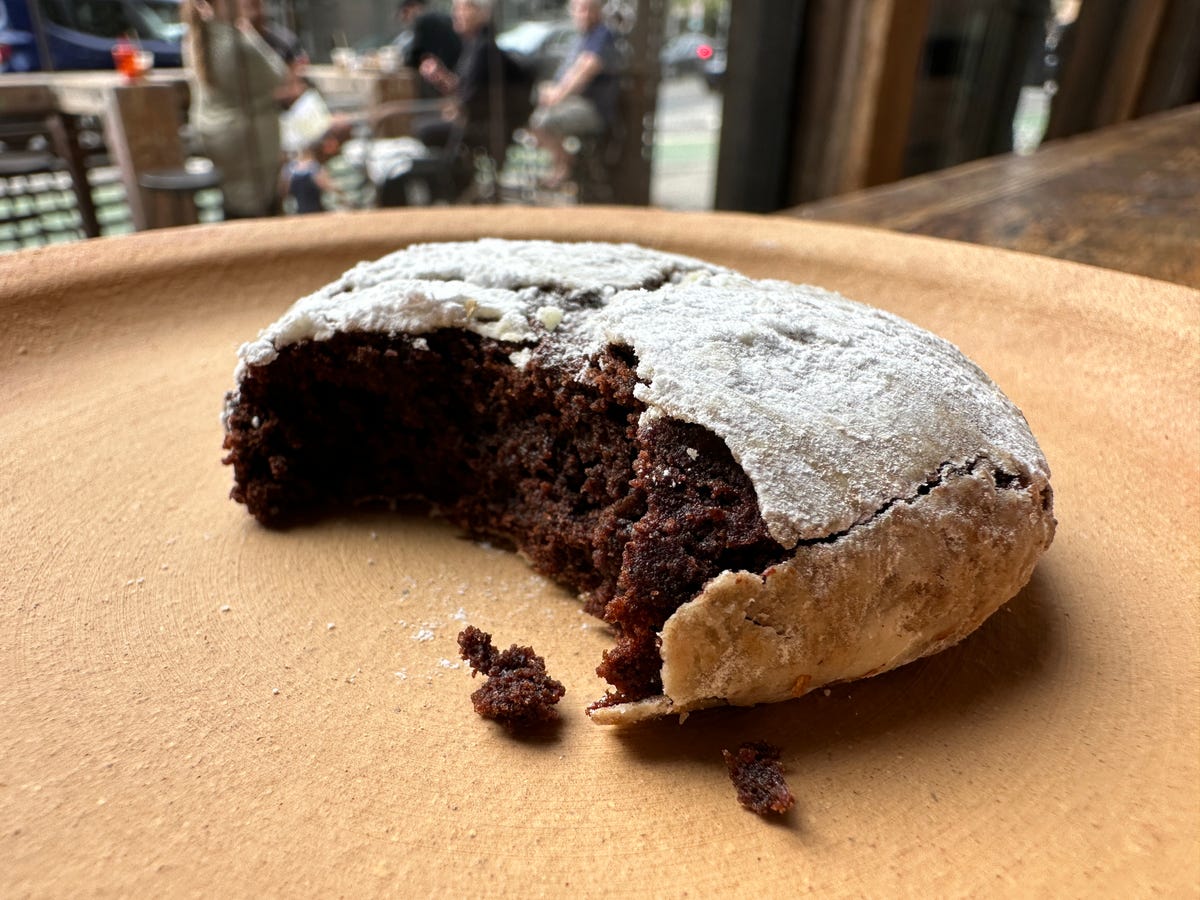

Another macro photo from the 14 Pro.
Patrick Holland/CNET
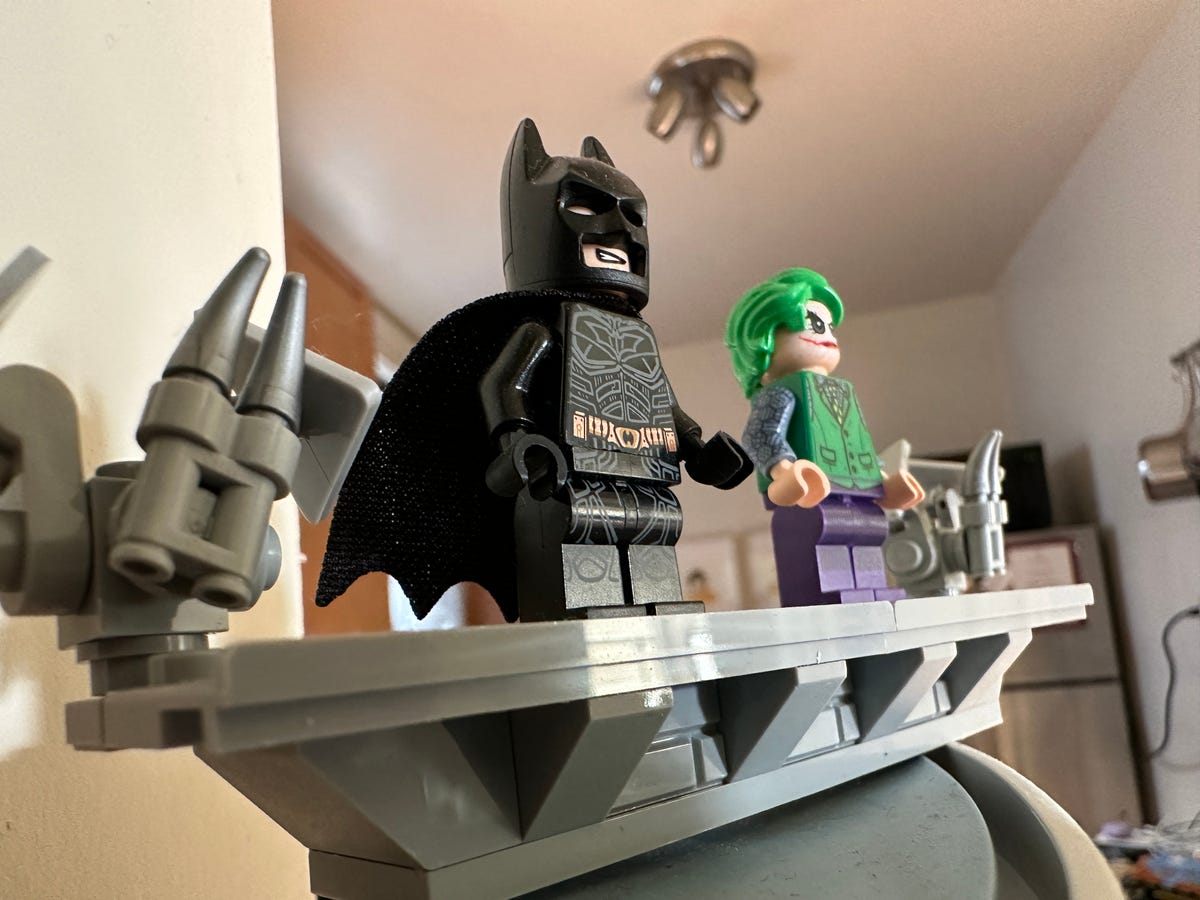

The 14 Pro nails the focus on Lego Batman in this macro photo.
Patrick Holland/CNET
The 14 Pro’s telephoto camera has a 3x optical zoom
The telephoto camera is basically identical to the one on last year’s 13 Pro, but it gets a lift from the 14 Pro’s Photonic Engine. Under good lighting, like in the picture below, the telephoto camera takes good photos. Notice in particular the colors and how the camera handles skin tones.
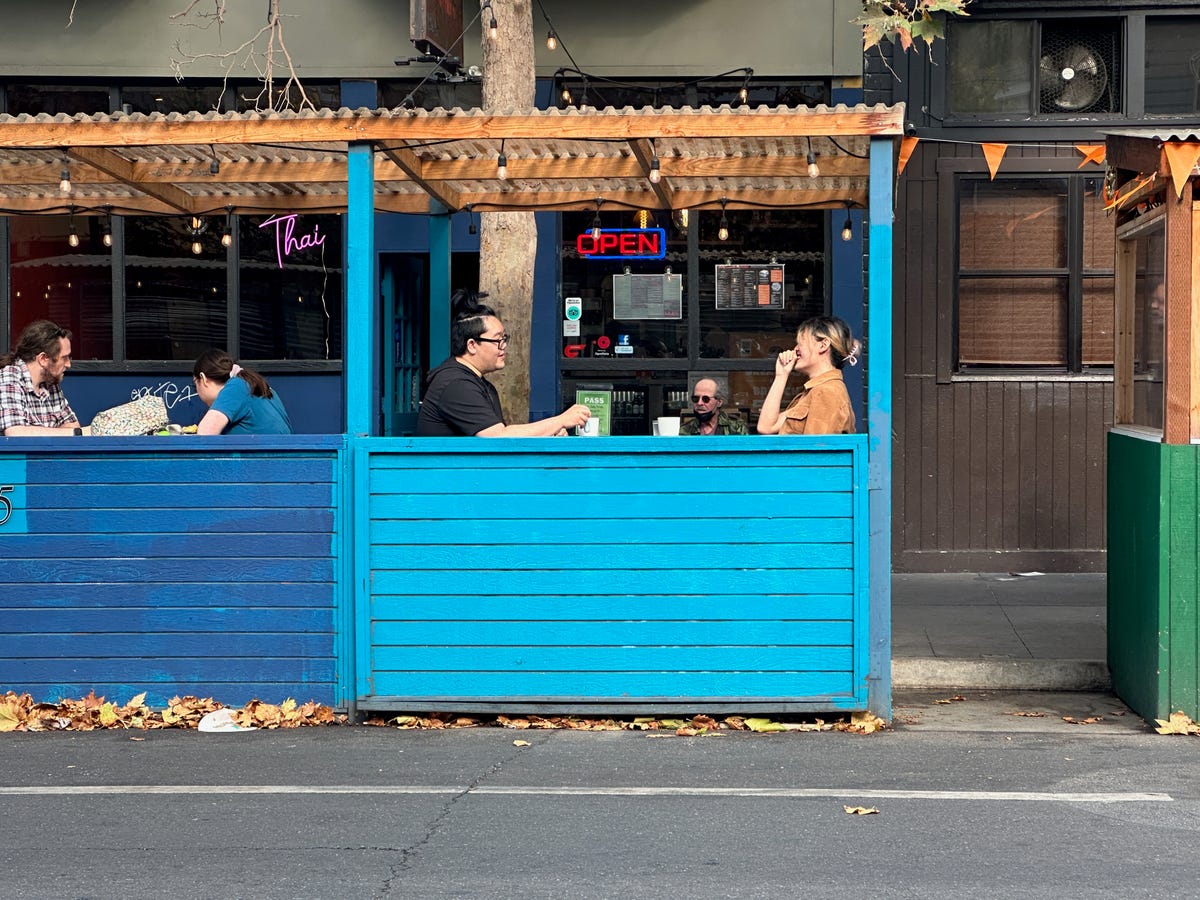

A telephoto shot of folks noshing in a parklet.
Patrick Holland/CNET
As with the ultrawide, image quality is a step behind the main camera — especially in dimmer environments.
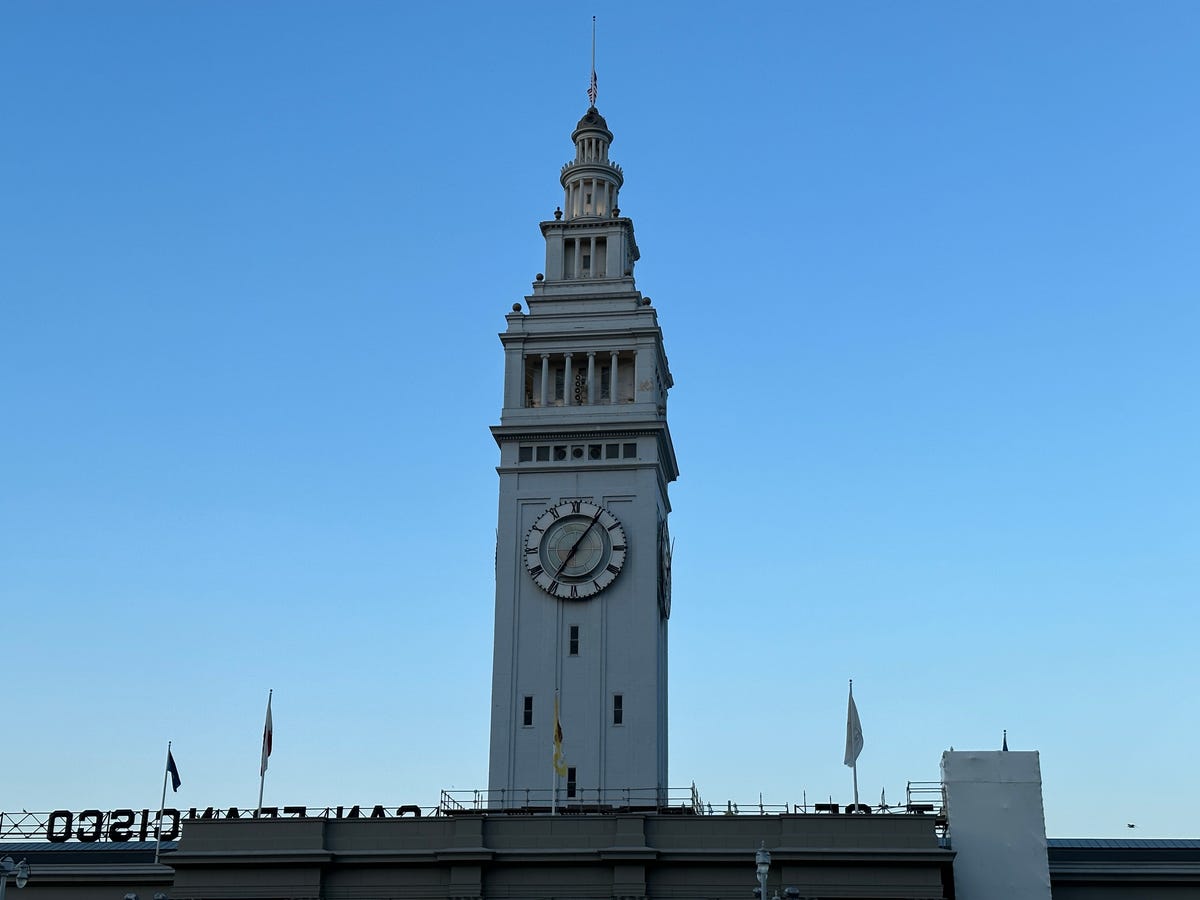

I took this photo of the Embarcadero’s Ferry Building during blue hour, with the 14 Pro’s telephoto camera.
Patrick Holland/CNET
Below is a Portrait mode picture of Maisie the cat taken indoors with the telephoto camera. The 14 Pro and its Photonic Engine did a good job of finding the white balance and capturing the detail’s in Maisie’s fur.
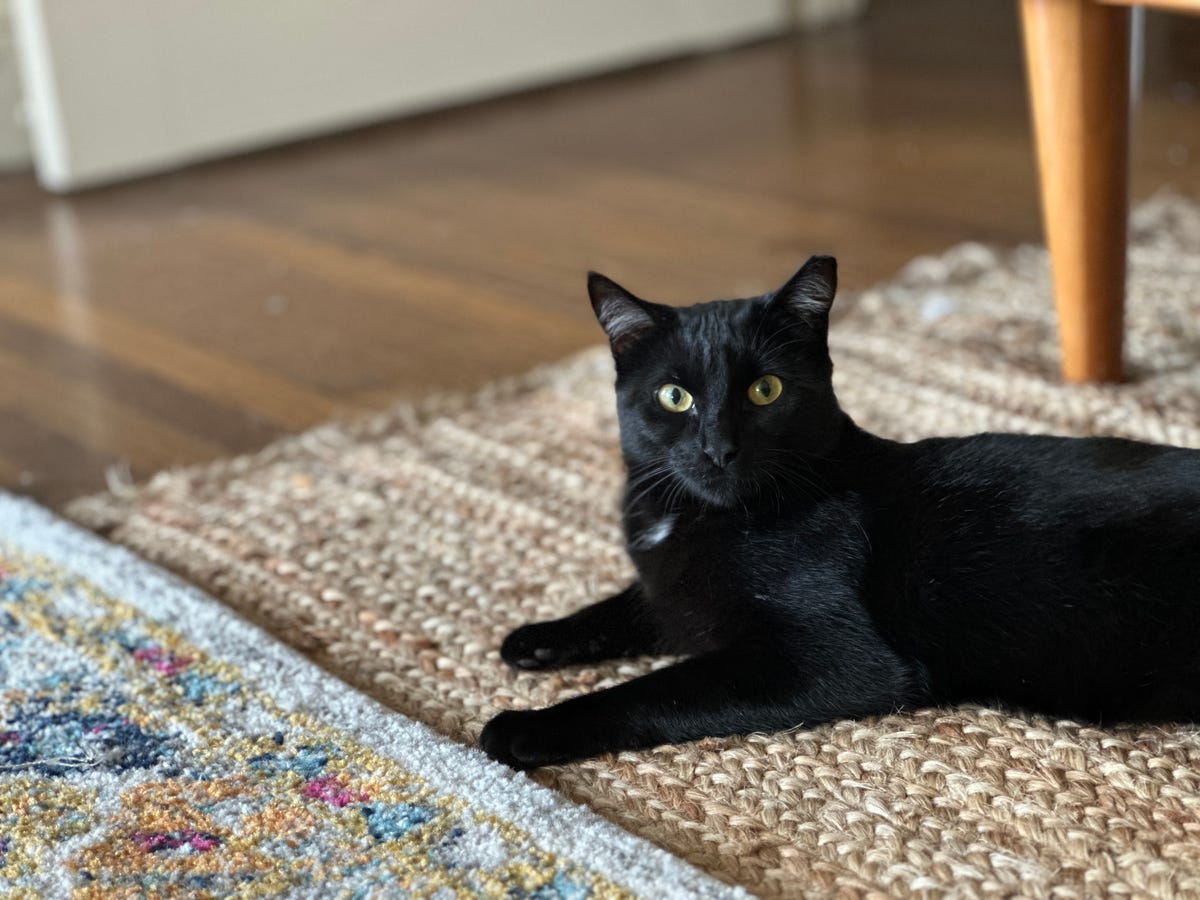

The telephoto camera has an equivalent lens length of 77-millimeters, which is perfect for portraits.
Patrick Holland/CNET
Summer in San Francisco can be foggy, as you can see in the telephoto shot below. I’m impressed by how the 14 Pro was able to pull out the clouds from the otherwise concrete-colored foggy sky. Equally impressive is how well the 14 Pro was able to freeze the action of the guy in the bottom right playing stick toss.
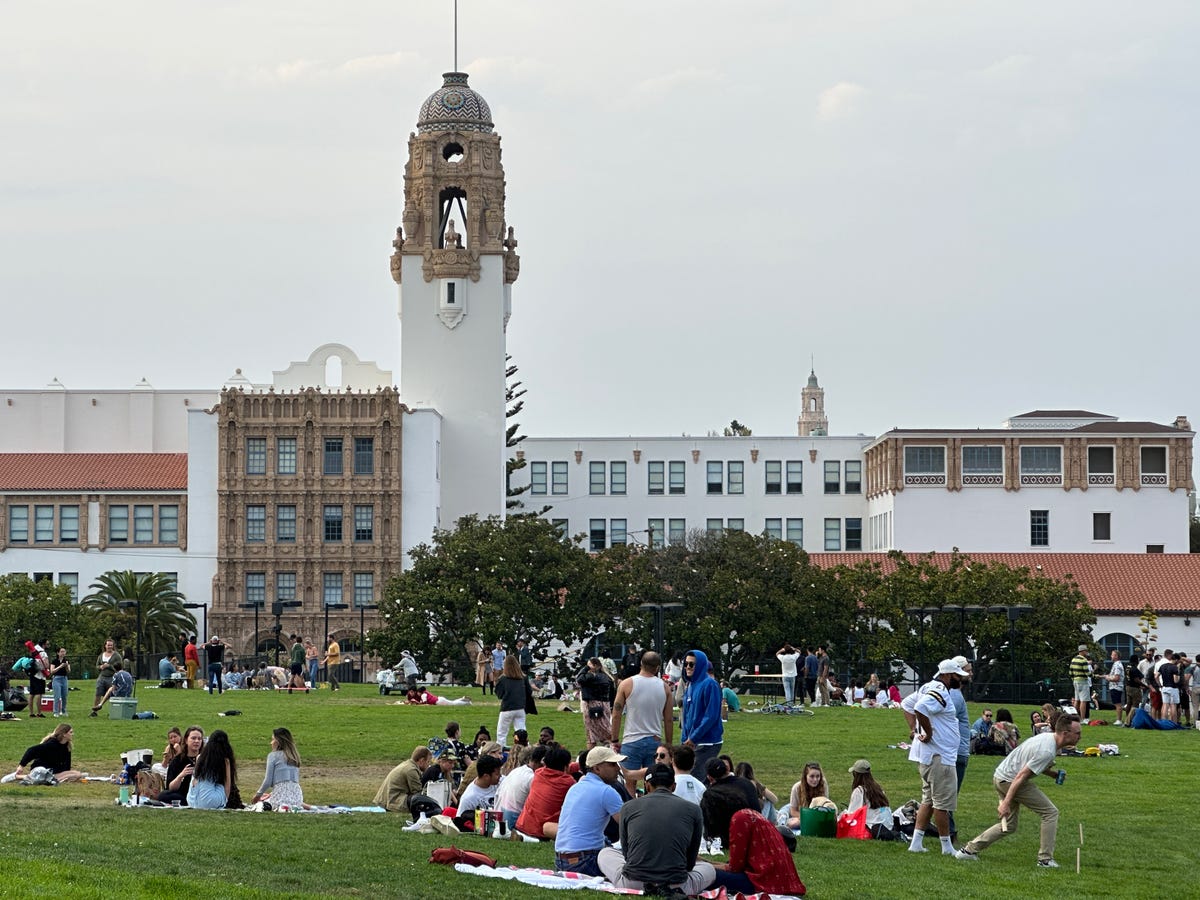

Even on a foggy September day, people venture out to the Mission’s Dolores Park to relax, play, and see friends and family.
Patrick Holland/CNET
Your selfies look better with the iPhone 14 Pro
The TrueDepth camera got an upgraded lens with a brighter f/1.9 aperture. The selfie camera has autofocus for the first time ever on an iPhone. The autofocus works great for group selfies. Take a look at the selfie below of me and my CNET colleague Jessica Fierro.
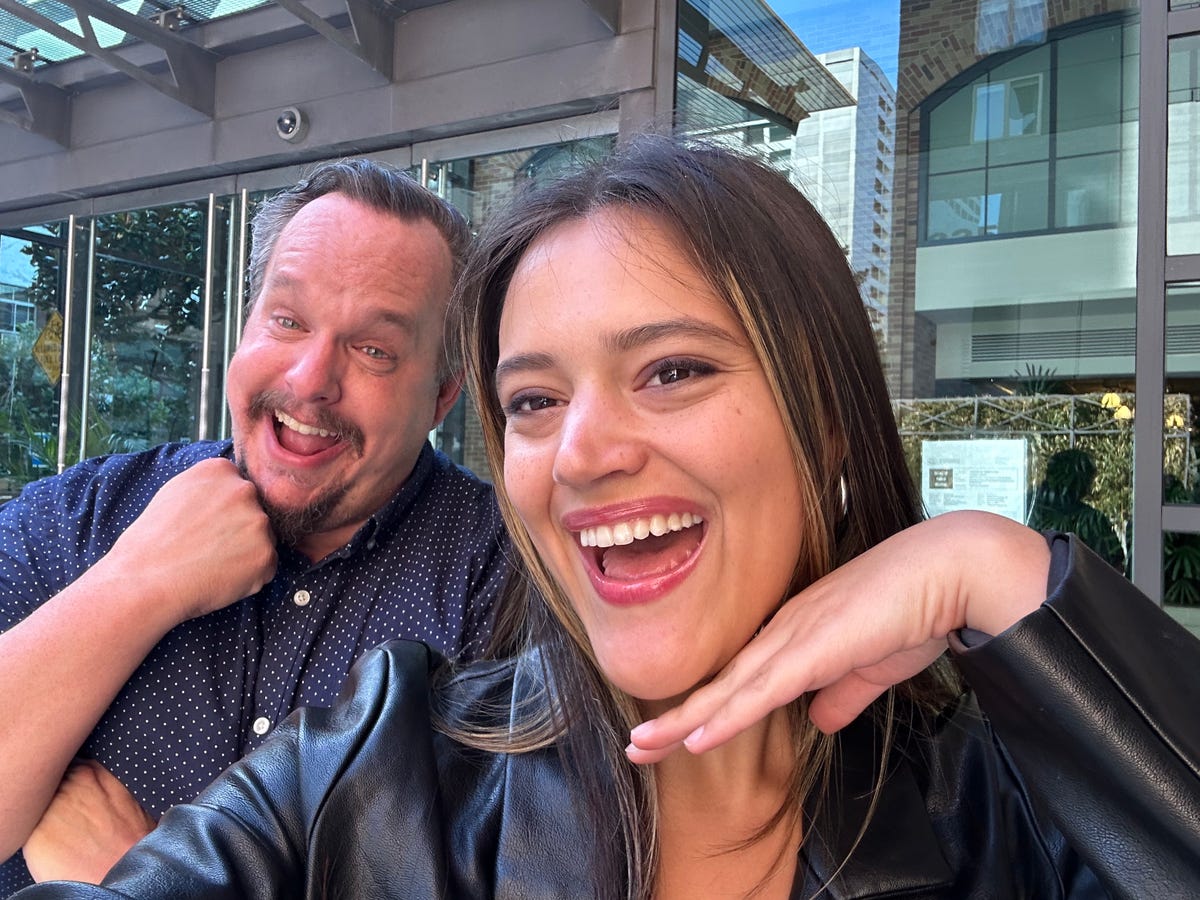

The front-facing camera now has autofocus.
Patrick Holland/CNET
Maybe it’s because of the new Photonic Engine, but selfies look better. Previous iPhones rendered selfie photos that look muted and almost dull. The 14 Pro’s front-facing camera has better definition and a lighter touch with the way it handles skin tones.


The 14 Pro did an excellent job at capturing how I actually looked when i took this photo. And yes, I was very tired. Probably all those late-night tacos.
Patrick Holland/CNET
The iPhone 14 Pro shoots excellent videos
All the improvements to the cameras and processing also make videos look even better. Apple made it so that Cinematic mode can now record in 4K and at 24 frames per second. There’s a new video image-stabilization tool, called Action mode. When you shoot a video, you can toggle it on and the phone crops in a bit to keep the image centered and the horizon level. If you’re shooting in 4K, Action mode drops the resolution to 2.8K, but the results are still impressive. Though other phones, like the Galaxy S22 Ultra, have similar stabilization functions, it’s wonderful to see the tool come to the iPhone. And it works across all three rear cameras.
During my Action mode tests, I was reminded of just how good the image stabilization is in regular video mode. Check out the video below to see the clips I shot with the iPhone 14 Pro and 14 Pro Max. The clips included videos shot in Action mode, slow motion, regular video mode and Cinematic mode.
Final thoughts
The iPhone 14 Pro represents one of the largest improvements to the iPhone’s cameras in years. In places with less-than-ideal lighting, I found improvements when I took photos and recorded videos. The iPhone 14 Pro also continues Apple’s reign when it comes to recording the best videos of any phone in terms of image quality. I look forward to taking more snaps and shooting more video clips.
iPhone 14 Pro, Pro Max Get the Biggest Changes to Apple’s Phone Lineup
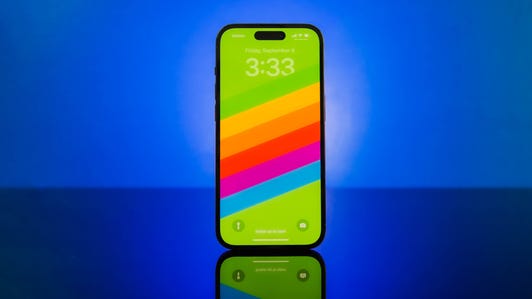

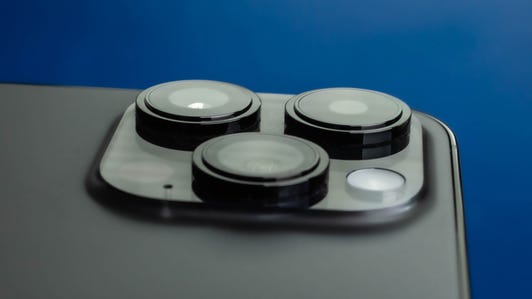

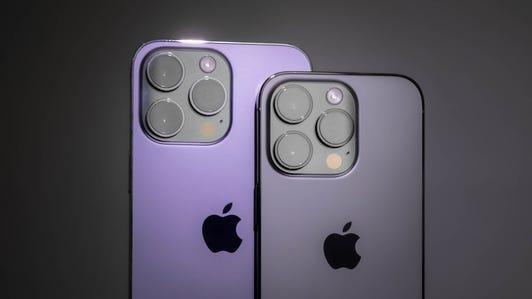

+8 more



